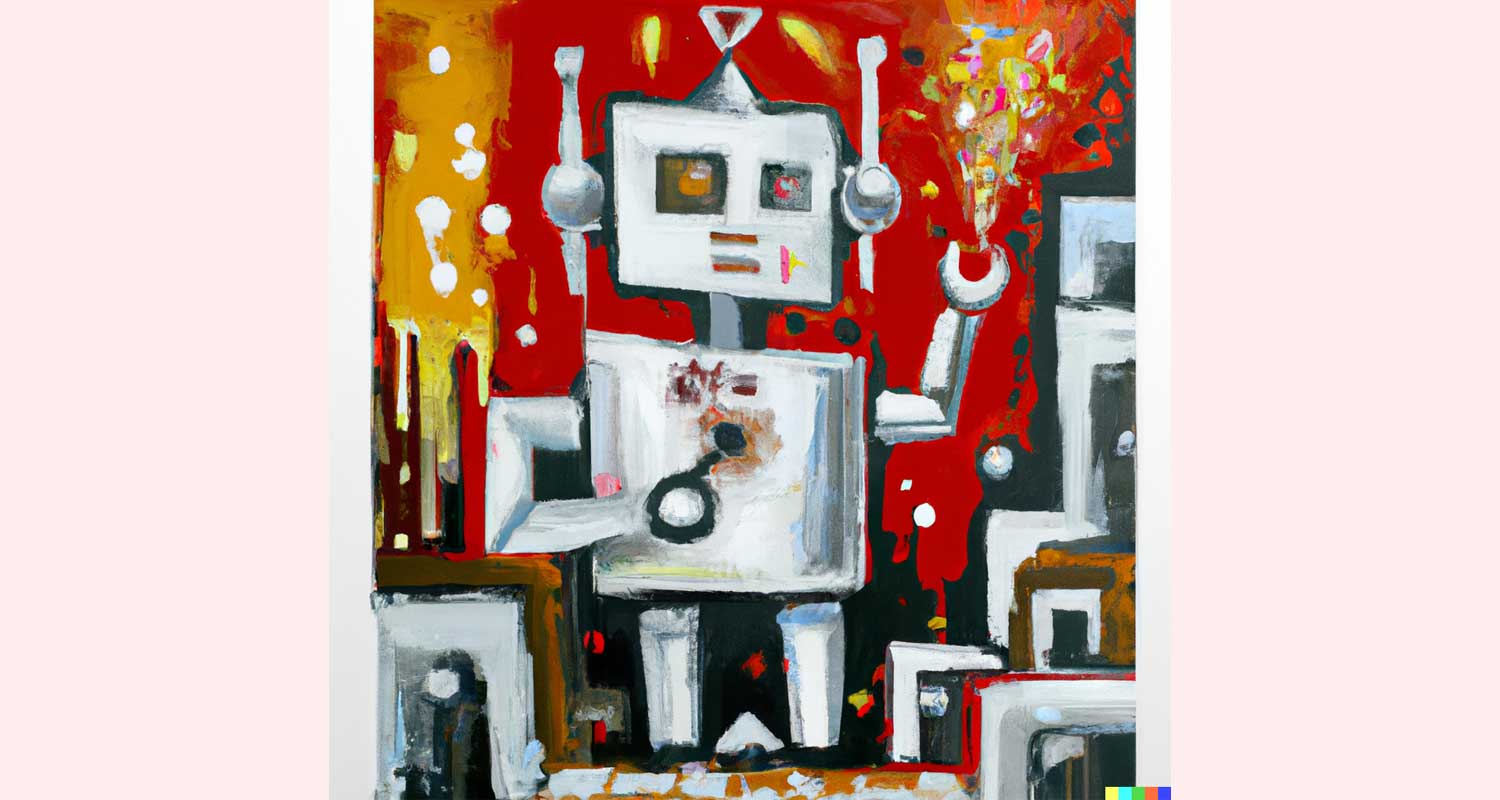
If a user were to provide an artificial intelligence (AI) program, such as ChatGPT, with a storyline and it produced a bestselling novel, would that novel be protected by copyright? And if it is, who would own those rights?
There has been an explosion of interest in AI platforms following the launch of OpenAI’s ChatGPT service, which attracted more than one million users in the first four days following its launch. Headlines that ChatGPT can make gift recommendations, debug code, pass an exam, as well as write essays, academic articles, comedy routines, recipes and even music, not only hold true but demand consideration of what is happening, how it is happening and what the potential implications are for IP rights and their owners.
ChatGPT is a chatbot technology, which means it is a computer program that uses AI and natural language processing to understand questions and then automate responses to them. Chatbots are powered by large amounts of data and machine-learning techniques that ultimately enable them to make predictions regarding the most accurate answer to the question, which is then formulated and provided to the user.
While the first of its magnitude, ChatGPT is not the only AI platform capable of generating content in this way. Prior to the launch of ChatGPT, OpenAI had already launched an AI graphics tool called Dall-E, which can convert text into graphics. One can only imagine that the possibilities for creators become endless if all that is required is a simple text prompt.
Traditionally, works created through the intellectual or creative efforts of the human mind are protected by the different forms of IP and, in particular, copyright.
Putting the theories to the test, the artwork accompanying this article (let’s call it, “The Robot”) was created using OpenAI’s Dall-E program by entering the text prompt, “A robot painting on canvas, expressionism.” Within seconds, the hype around the technology became very real when the result of the text prompt delivered something that is, at least in principle, certainly copyright protectable.
Protected
One of the greatest benefits of copyright protection is that it comes into existence automatically. The moment a work is created that qualifies for copyright protection, it is protected. Therefore, if AI-generated content satisfies the requirements for copyright to vest, it, too, could be protected – in which case, the rights in and to that work will belong to someone.
The Copyright Act in South Africa differentiates between the traditional authorial works (literary, musical and artistic) and such works that are “computer generated”. The Robot would qualify as a computer-generated artistic work. So far, so good.
The next step relevant to this discussion is to determine whether the work was “original” in its making, and to answer that question we have to consider to the skill, effort and labour expended by the author in the creation of the work. AI-generated content has no human author, but South Africa’s Copyright Act dictates that the “author” of a computer-generated work is the person responsible for making the arrangements for the creation of the work.
The meaning of “making the arrangements necessary for the creation of the work” is not entirely clear and it is likely here that the debate will arise.
The first potential argument is that the developer of the AI could be the author, as defined, for having made arrangements that were necessary for the work to be created.

However, when it comes to programs such as ChatGPT, Dall-E and others that generate works by making independent decisions in determining what the work should look like, the results generated by the programs are not fixed, nor are they designed by the developer. In fact, the results cannot even be predicted or expected by the developer and depend in the first instance on something that is conceptualised by the user.
The proximity of the developer to the work created, as compared to the input of the user, leads to a second potential argument, which is that the user could be considered the person responsible for making the necessary arrangements for the work to be created.
Once the author has been identified, it is necessary to consider whether the author’s efforts in creating the work were sufficient to render the work original in its making, such that it will be protected by copyright. This will involve a factual enquiry around the making of the work in each instance.
The answers to the question of copyright ownership over AI-generated content are not straightforward and require careful consideration. While the technology gains speed and attention, and legal minds unpack its implications, the take-out would be to embrace the possibilities with the awareness that they are not risk-free.
Read: ‘ChatGPT is stealing our articles’
As for The Robot, OpenAI’s terms currently state that any rights arising from the creation of works are assigned to the user subject to compliance with the terms of the user agreement. The terms also contain a licence in favour of OpenAI to continue using the content generated and a warning that the AI program may generate the same or similar output for other users given the nature of machine learning.
Read: E-books written by ChatGPT flood the Amazon store
The Robot therefore finds itself in a position that is neither certain nor unencumbered, which points to the fact that the use of AI to generate content for commercial exploitation should be approached with extreme caution.
- The author, Werina Griffiths, is partner at Adams & Adams

